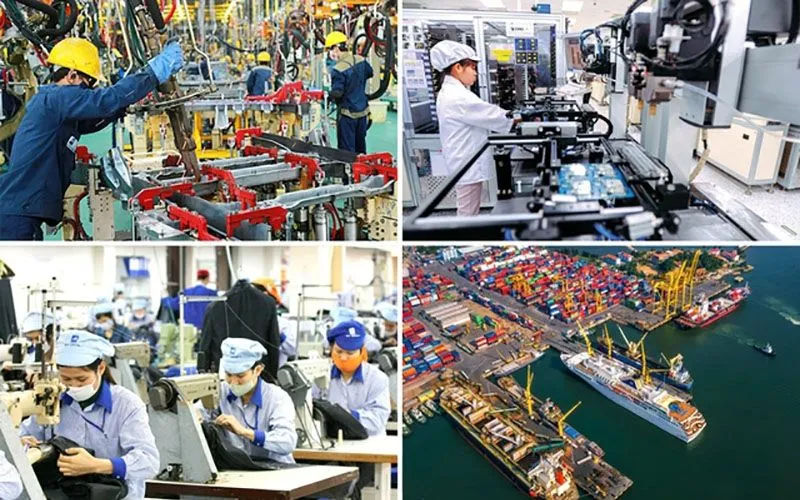
Illustration photo: VGP
Vietnam continues to impress the regional market with a GDP growth rate of 8.2% in the third quarter of 2025, making Vietnam the fastest growing economy in ASEAN. This result exceeded expectations, causing HSBC Bank to sharply increase its forecast for Vietnam's GDP growth, from 6.6% to 7.9% for 2025 and from 5.8% to 6.7% for 2026. This is considered a "sudden" adjustment in the region.
The above information is stated in the report “Vietnam at a glance – Keep on moving forward” recently published by HSBC’s Global Investment Research Department. According to HSBC, this is the second consecutive quarter that Vietnam’s economic growth has exceeded 8% compared to the same period last year, showing a strong and steady recovery.
While many ASEAN economies have seen their exports to the US decline due to the “frontloading” effect – accelerating orders ahead of the new tax cycle – Vietnam has maintained double-digit export growth, a clear reflection of the resilience of its technology-driven manufacturing sector.
Notably, the trade surplus in the third quarter of 2025 doubled compared to the first half of the year, mainly thanks to exports to partners outside the US. HSBC said that the increasing demand for artificial intelligence (AI) technology is driving the growth of economies linked to electronics manufacturing, with Vietnam emerging as a strategic link in the global supply chain.
In terms of industry structure, industrial production in the third quarter increased by 10%; exports and imports both increased by nearly 20% compared to the same period last year. Exports to the US alone increased by nearly 30%, mainly from consumer electronics and components. The trade surplus reached about 3 billion USD, showing that Vietnam continues to maintain a sustainable trade surplus position in the context of many fluctuations in global trade.
In addition to the commercial sector, domestic drivers also contributed positively to growth. Retail sales in the third quarter increased by 12%, reflecting a strong recovery in consumption trends, narrowing the gap compared to the pre-pandemic period. The tourism industry recorded a boom with 15 million international arrivals in the first nine months of 2025, equivalent to 120% of the 2019 level, helping Vietnam lead ASEAN in tourism recovery.
According to HSBC experts, the increasingly competitive capacity of the tourism industry is becoming a "cushion" to support growth, especially in the context of trade in goods that still has many potential risks.
In the investment sector, public investment and foreign direct investment (FDI) continue to be the two key drivers. Progress on key infrastructure projects has been accelerated, but public investment disbursement has only reached about 50% of the annual plan, opening up room for the final quarter. FDI inflows in the third quarter increased by 15%, with a clear shift from South Korea to the US and mainland China – reflecting the restructuring of global supply chains in the context of increasingly fierce trade competition.
HSBC also noted a shift in the structure of FDI flows into Vietnam. In 2024, Singapore, South Korea and mainland China were the three largest investors. However, to date, Singapore and mainland China each account for about a quarter of total new FDI, while South Korea’s share has declined, giving way to capital flows from the US.
This shows that despite global trade fluctuations, the world’s two largest economies continue to expand investment in Vietnam. In the context of ASEAN emerging economies facing average tariffs of 19-20%, countries that take advantage of trade tensions such as Vietnam and Malaysia will continue to benefit.
Faced with positive signals, HSBC's Global Investment Research has sharply revised up its forecast for Vietnam's GDP growth to 7.9% in 2025 and 6.7% in 2026, affirming that Vietnam continues to maintain its position as the fastest growing economy in Southeast Asia.
However, HSBC also warned that trade risks still need to be closely monitored, as the global commodity demand cycle remains fragile. The bank also slightly raised Vietnam’s inflation forecast to 3.3% for 2025 and 3.5% for 2026, but said price pressures remain manageable.
In that context, the State Bank of Vietnam is assessed to be operating a flexible monetary policy, aiming at expanding credit to support growth. As of the end of August, credit growth reached 20% compared to the same period last year, nearly reaching the target of 19-20% for the whole year, 16% higher than the original plan.
Source: https://vtv.vn/hsbc-nang-du-bao-tang-truong-gdp-viet-nam-100251028181507203.htm





![[Photo] Flooding on the right side of the gate, entrance to Hue Citadel](https://vphoto.vietnam.vn/thumb/1200x675/vietnam/resource/IMAGE/2025/10/28/1761660788143_ndo_br_gen-h-z7165069467254-74c71c36d0cb396744b678cec80552f0-2-jpg.webp)
![[Photo] Draft documents of the 14th Party Congress reach people at the Commune Cultural Post Offices](https://vphoto.vietnam.vn/thumb/1200x675/vietnam/resource/IMAGE/2025/10/28/1761642182616_du-thao-tai-tinh-hung-yen-4070-5235-jpg.webp)
![[Photo] National Assembly Chairman Tran Thanh Man received a delegation of the Social Democratic Party of Germany](https://vphoto.vietnam.vn/thumb/1200x675/vietnam/resource/IMAGE/2025/10/28/1761652150406_ndo_br_cover-3345-jpg.webp)
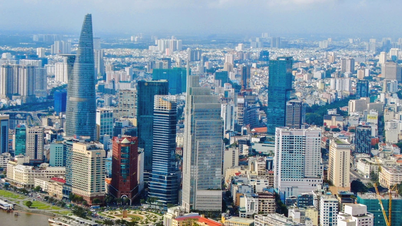

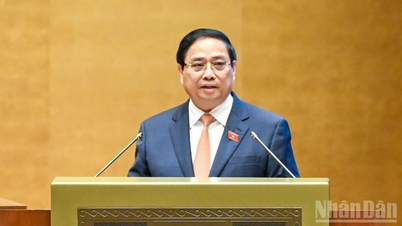

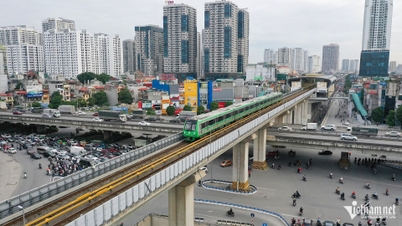


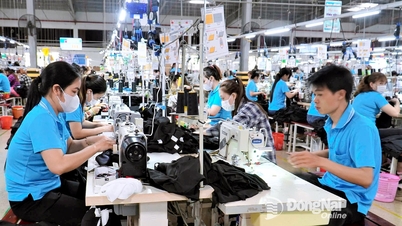

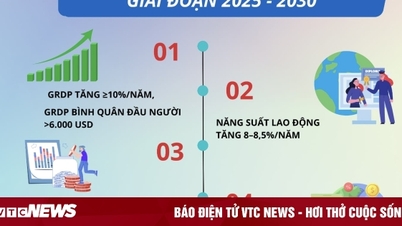



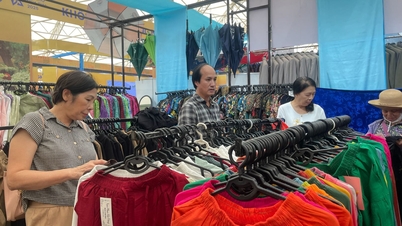

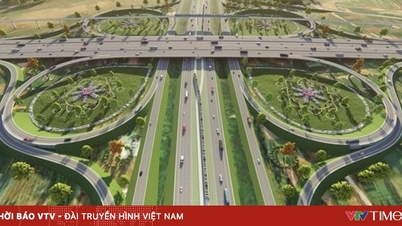
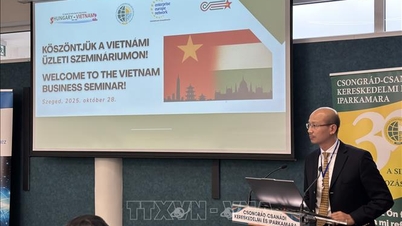
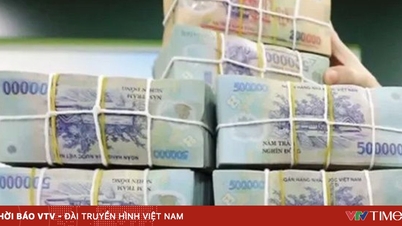





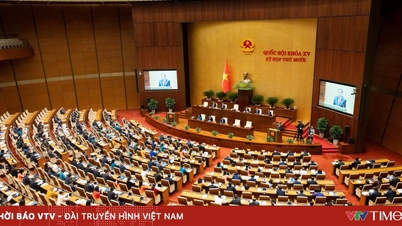
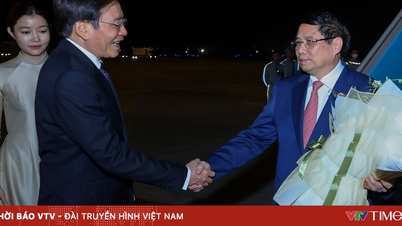
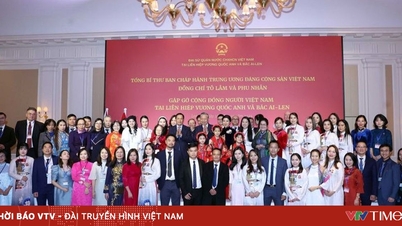

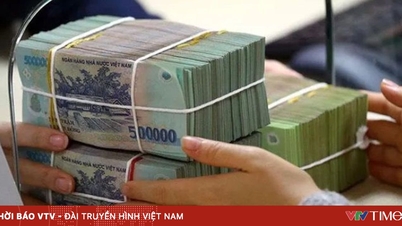
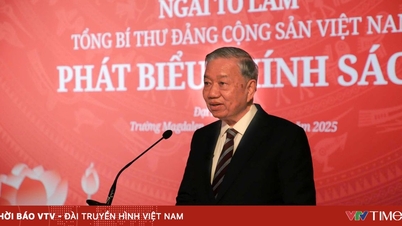
![[Photo] President Luong Cuong attends the 80th Anniversary of the Traditional Day of the Armed Forces of Military Region 3](https://vphoto.vietnam.vn/thumb/1200x675/vietnam/resource/IMAGE/2025/10/28/1761635584312_ndo_br_1-jpg.webp)




































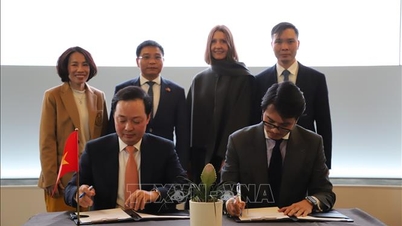
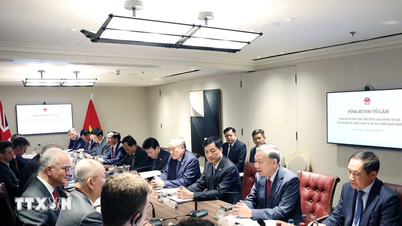
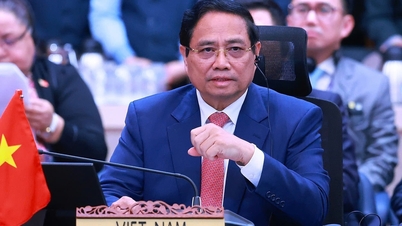







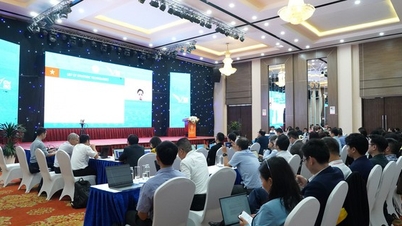


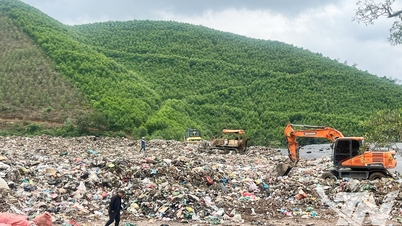
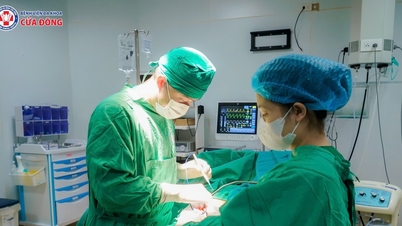



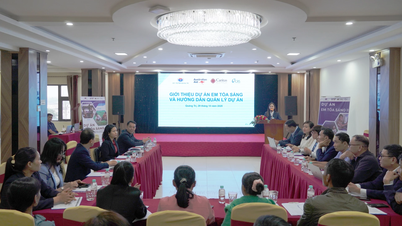



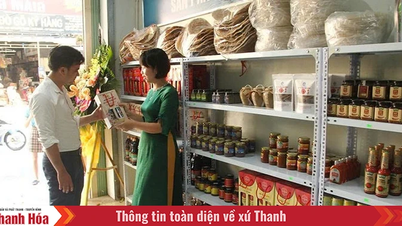















Comment (0)